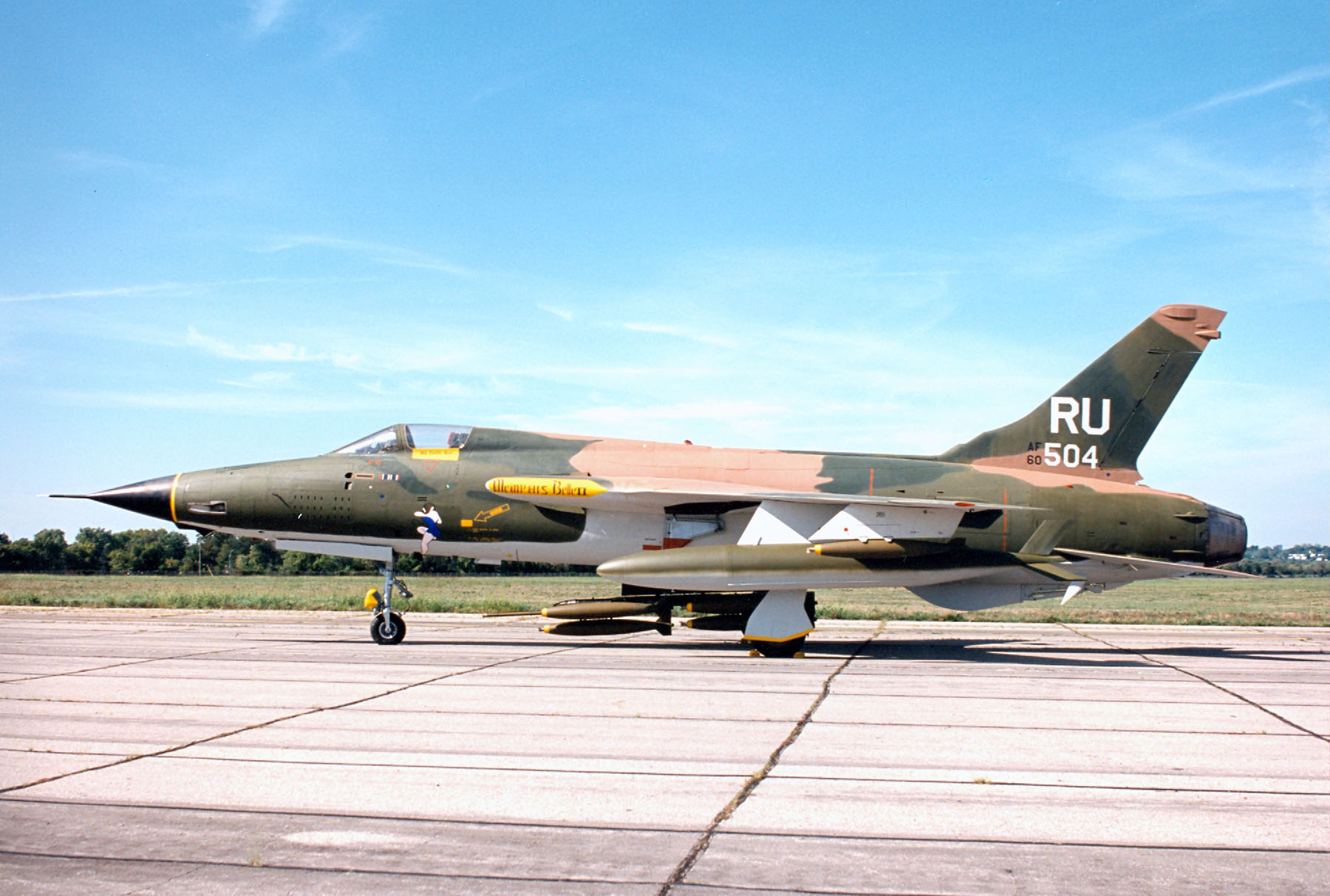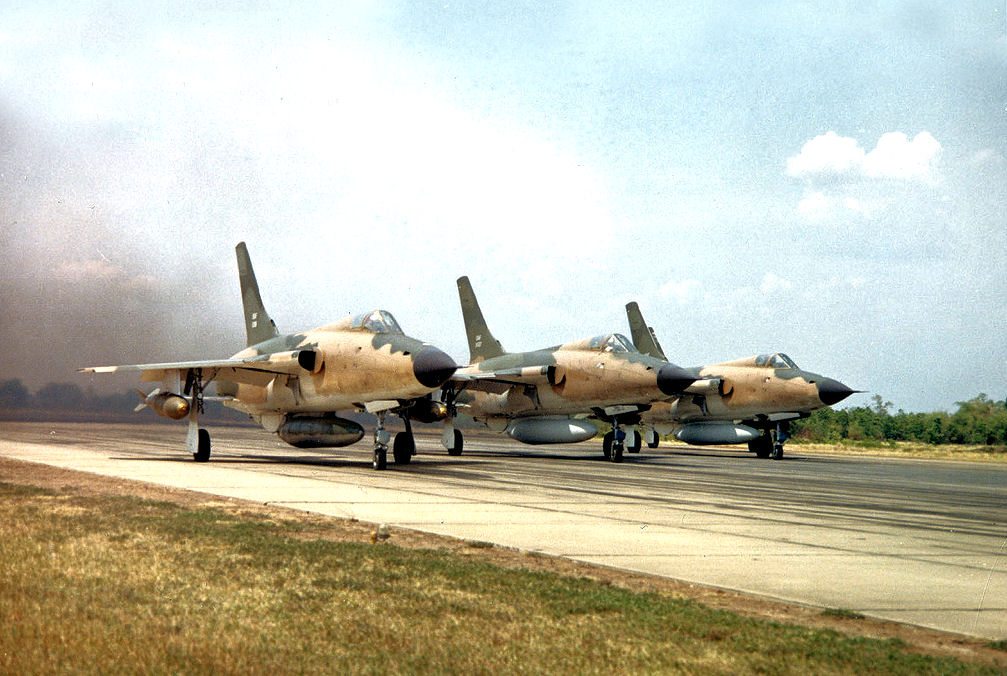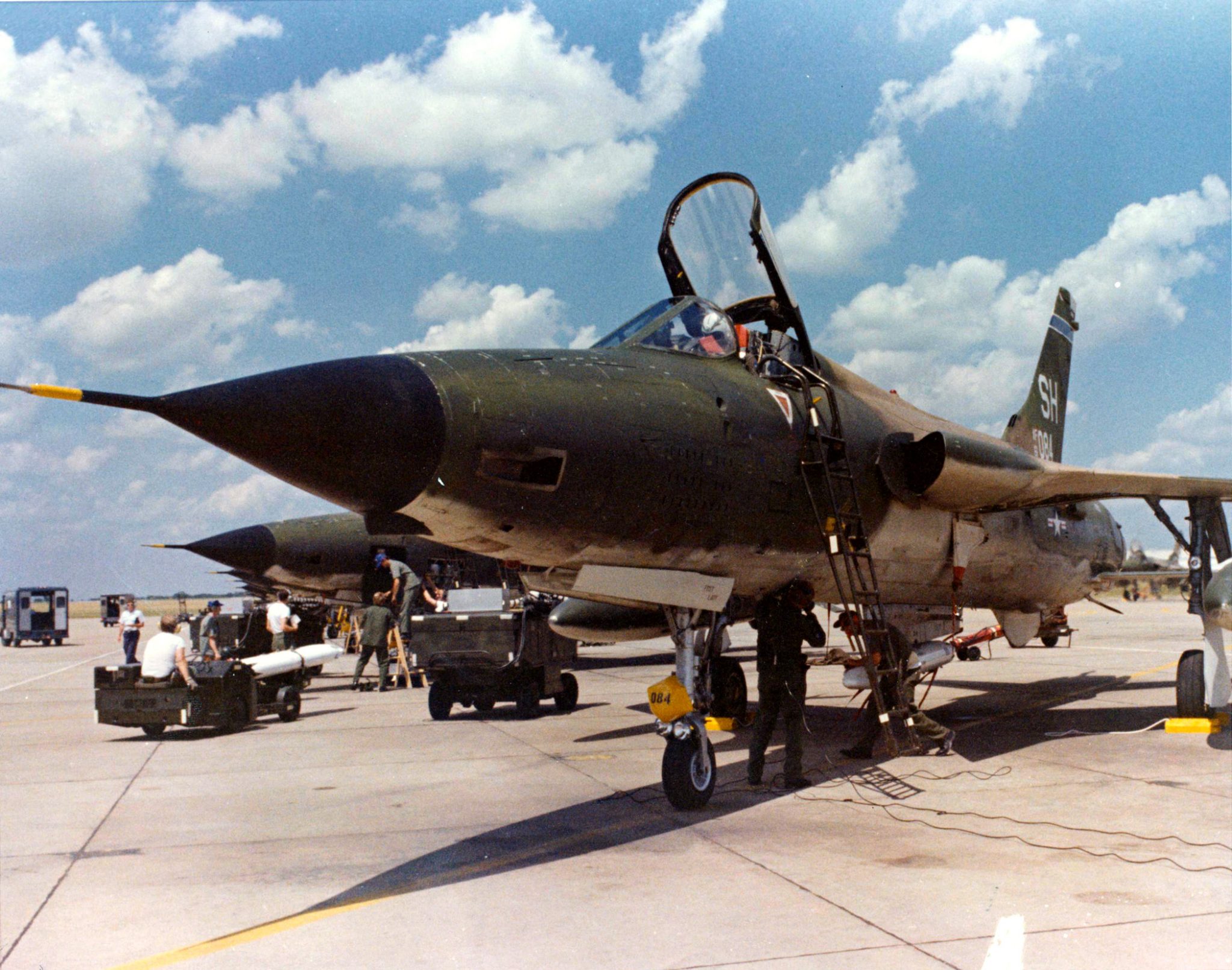Karl Wendell Richter was born on October 4th 1942 in Holly, Michigan. Karl was the youngest of Ludwig Richter’s three children. By all accounts Karl was an all-around standout at Holly High School. He lettered in football, ran track, and played varsity basketball. He was also class president for four years. But Karl was, by his own admission, not a scholarly student. Karl’s prospects for a college education seemed slim. One of things he enjoyed immensely was aviation. His older sister Betty May helped him pursue his interest in aviation and by the time Karl was getting ready to graduate from high school he was an experienced pilot.

From High School to Colorado Springs
Because Karl wasn’t looking forward to more school at a regular college, Betty May talked him into applying for admission to the Air Force Academy. Although Karl figured he probably wouldn’t be accepted, he completed the admissions process anyway. To Karl’s great surprise two Michigan Congressmen made him their primary appointee to the Academy. Just nine days after graduating from Holly High School, Karl Richter became a cadet in Squadron 8. Karl didn’t magically become a better student at the Air Force Academy, but the word is he excelled at sports. He enjoyed intramurals such as rugby, football, soccer, and boxing. Karl graduated from the Air Force Academy and was commissioned as a Second Lieutenant on June 3rd 1964.

Becoming a THUD Pilot
Karl’s pilot training wasn’t anything unusual for Air Force pilots in those days. He spent 53 weeks at Craig Air Force Base (AFB) in Alabama completing his Undergraduate Pilot Training. From there Karl went to Nellis AFB in Nevada for 26 weeks to complete the Combat Crew Replacement Training syllabus for the Republic F-105D Thunderchief. It was normal, even expected, for a pilot having just completed a little bit more than a year and half of intensive training to take some leave at that point, but Karl decided instead to ferry a replacement F-105D over to Korat Royal Thai Air Force Base (RTAFB) in Thailand. Karl then became the newest member of the 421st Tactical Fighter Squadron (TFS) of the 388th Tactical Fighter Wing (TFW).

No Time for Ground Pounding
Four days after arriving in Thailand Karl flew his first mission over North Vietnam. Karl was one of those pilots who wanted to be in the air whenever possible. He quickly became an excellent Thud pilot despite his lack of previous experience in the cockpit. He would fly anything he could, anytime he could. He once turned down a trip to the exotic destinations of Hong Kong and Bangkok only to spend his leave flying combat forward air controller (FAC) missions in Cessna O-1E Bird Dogs instead.

MiG Killer
Karl bagged a MiG-17 on September 21st 1966. He was flying as an element leader designated Ford 03 near Haiphong in North Vietnam sniffing for surface-to-air missile (SAM) sites. When Karl found a SAM site he was getting ready to clobber it when he spied a section of MiG-17s making a firing pass on another Thud in the lead element. Karl maneuvered into firing position and employed his 20 millimeter M61A1 Vulcan cannon to saw a wing off of one of the MiGs forcing the pilot to eject from his stricken jet and the other to bolt for home. Karl was 23 years old when he shot down his MiG, making him the youngest American pilot ever to down a MiG. Richter went to Saigon to receive congratulations and decorations, but he wanted to fly.

Racking Up the Missions
There was simply no stopping him. He quickly piled up his first 90 missions, which usually meant that he would fly another ten “soft” missions and rotate back to the world. But not Karl. Karl wanted another 100. He had to glad-hand a bit and do some politicking. Meanwhile, Karl was winning medals for his extraordinary bravery and initiative in the air. He led a Wild Weasel (defense suppression) mission on April 20th 1967 that resulted in the destruction or distraction of a large number of enemy SAM and anti-aircraft artillery (AAA) crews. This allowed the strike force with whom Richter was working to eliminate an important railroad target even though Richter’s group experienced intense enemy fire and dealt with weather that hindered navigation. Because he had already received the Silver Star, was awarded the Air Force Cross for his skill and heroism that day. And those next 100 missions? He got them too.

